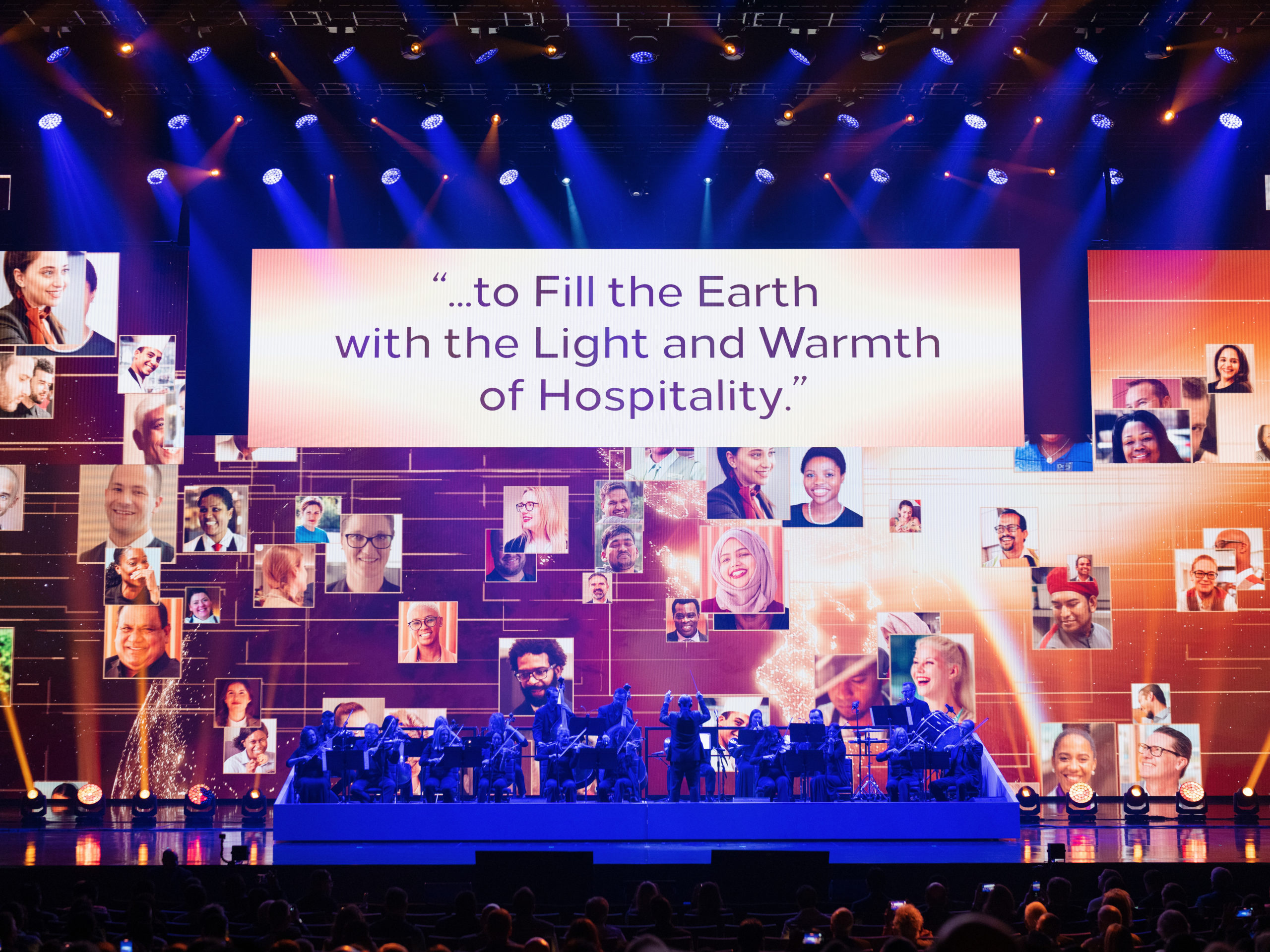“Communication is key” – I’m sure you’ve heard this statement before! Well, I’m here to tell you that this is 100% true when it comes to planning and executing a successful event. Any event – small or large – starts and ends with communication. From pre-event planning through to post-event reflection, our teams rely heavily on communication at every stage of the process.
A communication manager is the team member behind the scenes developing and executing the communication strategy. The main priorities and responsibilities of a communication manager is ensuring attendees receive correct information, at the right time, and keeping our stakeholders aware of our messaging and timeline.
At the onset of a project, it’s important to begin by creating a high-level communication plan. It is often difficult to predict exact dates for each piece of communication when you are 9-12 months away. Event messaging greatly depends on confirmed event details. I find that creating a high-level overview, outlining the most important messaging (save the date, invitation, surveys, etc), helps the team move in the right direction, but offers enough flexibility to adjust the timeline if need be.
Here are a few key things to keep in mind when creating an event communication plan –
- AUDIENCE – Who are you communicating with?
• Attendees (in-person and virtual, if applicable)
• Stakeholders
• Speakers & speaker reps - CONTENT – What is the message?
• What are the key takeaways and/or action items you want to communicate? - TIMING – When are you sharing this communication?
• Identify when is the best time (week, timing, etc.) to share communication, depending on your audience - CHANNEL – How do you plan to disseminate your message?
• Video call, chat, channel feeds, etc.
• Email communication
• Email communications
• Leader video communications
• Social media channels
Once we have confirmed some crucial event details (agenda, creative vision, objectives, etc.), I begin to create a detailed communication plan.
For Americas Commercial Conference 2021, I structured my plan around the three stages of the event lifecycle – pre-event, live event, and post-event.
Pre-Event – opportunity to generate excitement among attendees, gather attendee insights to inform the agenda and content, and convey important details (date, time, location) ahead of the event
• Save the Dates
• Registration & invitations
• Event reminders
• Event updates
• Pre-event surveys
Live Event – opportunity to keep attendees apprised of the schedule throughout the week, encourage social media sharing and gather insights to inform future programs
• App push notifications – reminders for meals, general session, evening events and breakouts
• Social media – use event hashtags
• Post-session surveys – collect real-time feedback from attendees
Post-Event – opportunity to keep your event top-of-mind, distribute surveys to gather feedback and share highlights from conference
• Thank you & recap of event
• Key takeaways
• Post-event survey to gather feedback on
• Event photography (if applicable)
Bonus Tips:
- Communication timing is critical
a. Avoid sending important information out on holidays (U.S. and globally, depending on your audience)
b. Determine what days of the week are best to reach the largest audience – reference statistics via online resources (e.g. EventBrite)
c. Slow release – teasing out event details can help generate excitement
d. Consider spacing out communication accordingly - Less is more – keep it simple. Keep your messages concise and direct.
a. You want to make sure your audience can easily digest the information you are sharing
b. Include the most important information at the top
c. Bold or highlight details you do not want them to miss - Send post-event survey immediately following your event
a. Attendees are more likely to complete your survey and provide quality feedback when the event is fresh in their minds - Contingency planning
a. Ensure back-up communication and emergency plans are in place ahead of the live event
b. Vital to mitigating any unwanted surprises onsite

















